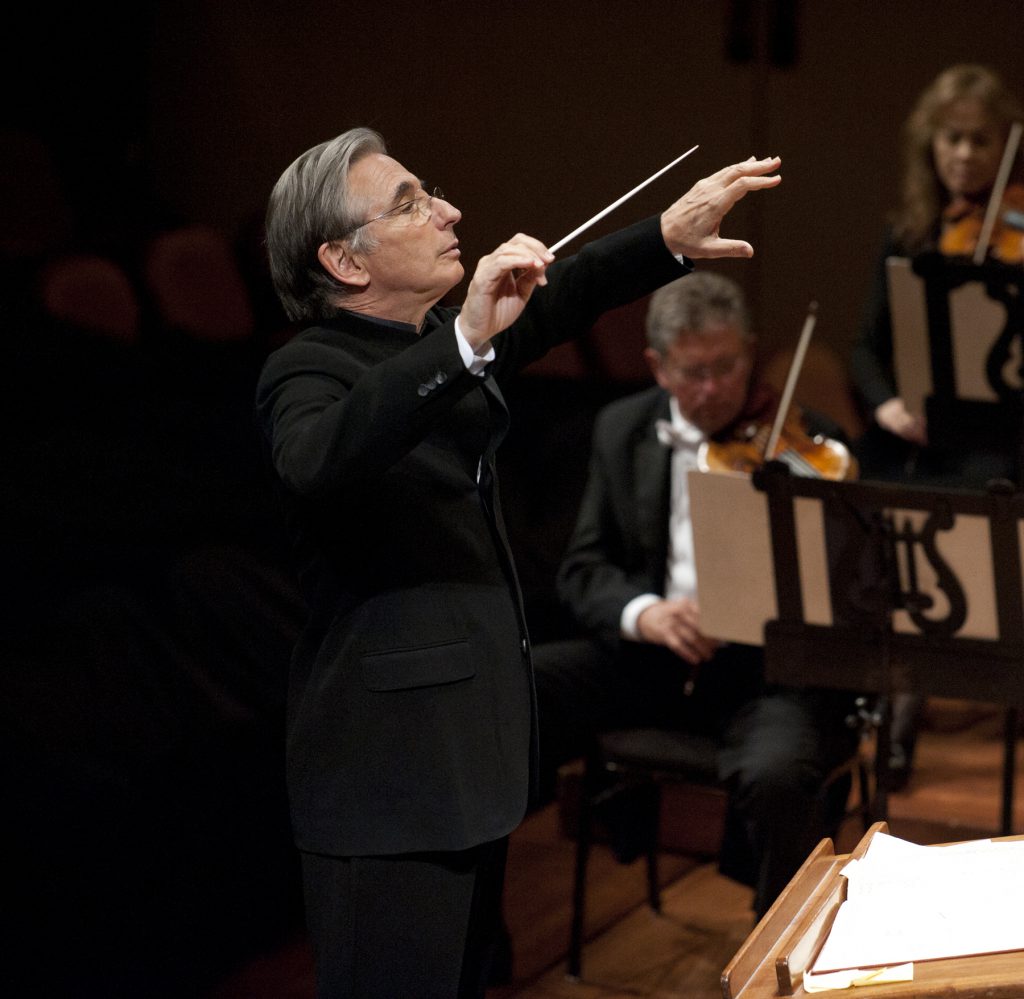Tilson Thomas, San Franscisco Symphony shine brightly in Mahler

Michael Tilson Thomas conducted the San Francisco Symphony Saturday night at Carnegie Hall.
It’s easy to be skeptical of the idea of the specialist conductor — when someone leads a few memorable performances of a particular composer, the resulting reputation can grow to have a life of its own. With Michael Tilson Thomas, though, the characterization holds true. The San Francisco Symphony’s music director is one of the leading Mahlerians of today, showing an unusually strong affinity for and deep understanding of the composer’s intricate structures. Bringing his orchestra to Carnegie Hall on Saturday, he gave a memorable performance of his staple repertoire and delivered one of the standout performances of Carnegie’s season.
There were just two items on Saturday night’s program — the first being the massive Adagio from the unfinished Symphony No. 10, the most substantial part of the work that Mahler himself completed. This reading from Tilson Thomas and the SFS was spellbinding. A sustained adagio within a tonal thin veil of fog, this extended movement wanders as though lost in a dream, interrupted by vivid episodes whose intense strangeness verges on the surreal. Tilson Thomas’s reading brought out the subtlest points of the score, lending a hint of menace to the elegant dance-like figure that recurs throughout.
SFS is perhaps not the most polished orchestra; their ensemble could be tightened up around the edges and strings could certainly stand to tune more carefully. The sound of the orchestra, though, was remarkably clean — the texture of the strings smooth as silk, and the brass note-perfect through all of their blasting power. There was a cinematic grandeur to the brass work in the Adagio, which the players approached with broad, lush strokes and shining warmth.
So fine a rendition of the Tenth’s Adagio would have been reward enough for one night; yet Tilson Thomas and the SFS followed it with a peerless performance of Symphony No. 1, the “Titan.” In the tense stillness of the opening they laid an ideal foundation for the building excitement of the piece, all the intruding gurgles and fanfares seeming to be little thrills of activity trying to break through.
In these long stretches of seeming calm that are everywhere in Mahler’s work, it is easy for the music to sprawl. Not so here — there were no lapses of focus in this rendering, as the orchestra retained a constant sense of purpose and direction. Tilson Thomas conducted from memory, yet he may as well have had an instruction manual in front of him, so precise was his plan of the symphony.
A festive air ran through the second movement, where Tilson Thomas brought out the contrast of the main competing sections, pitting the inebriate romp of the opening dance against the floating, spring-toed grace of its counterpart. The slow movement, sober as it was, showed little touches of humor where the oboe intruded on the morose march. This was the only part of the program in which anything seemed the slightest bit off, as the klezmer music was so straightforward it felt almost like a military band — a minor complaint in an otherwise exemplary performance.
The finale began with a dizzying flurry of activity before giving way to grim conviction. Here, as everywhere else in the First, Tilson Thomas’s gestures seemed to stand out in relief, stings and hairpins expertly executed, forcefully punctuating the main line of the music. From blissful reverie to soaring triumph, there was nothing halfway about this reading — enormously expressive, this last movement roiled with emotion all the way through to the magnificent concluding push.


